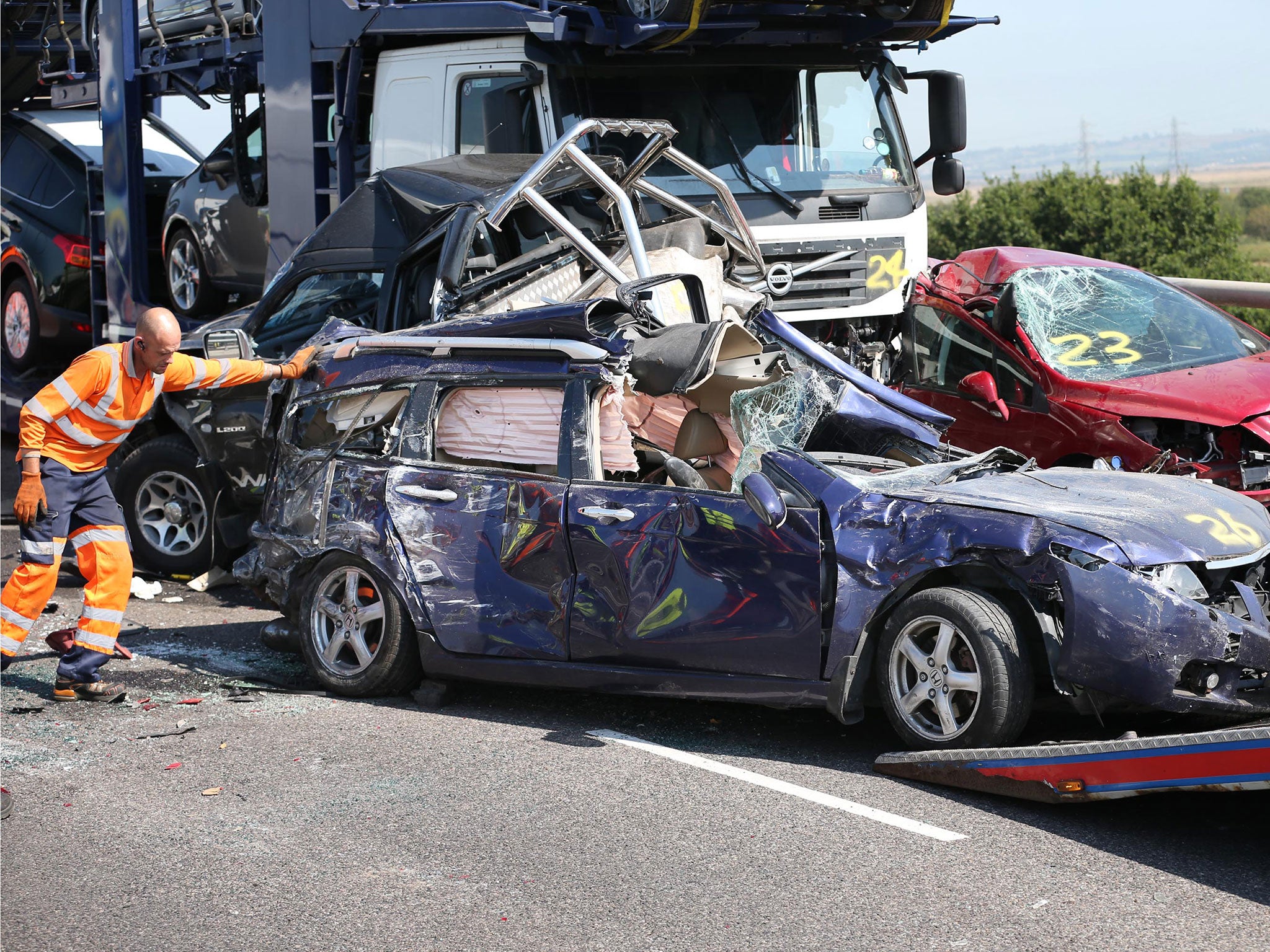Poorer people more likely to be in car crashes, study finds
Researchers argue the least-educated live with various conditions which can make driving more dangerous

Your support helps us to tell the story
From reproductive rights to climate change to Big Tech, The Independent is on the ground when the story is developing. Whether it's investigating the financials of Elon Musk's pro-Trump PAC or producing our latest documentary, 'The A Word', which shines a light on the American women fighting for reproductive rights, we know how important it is to parse out the facts from the messaging.
At such a critical moment in US history, we need reporters on the ground. Your donation allows us to keep sending journalists to speak to both sides of the story.
The Independent is trusted by Americans across the entire political spectrum. And unlike many other quality news outlets, we choose not to lock Americans out of our reporting and analysis with paywalls. We believe quality journalism should be available to everyone, paid for by those who can afford it.
Your support makes all the difference.The most disadvantaged in society are more likely to die in a car crash than people who are more well-off, new research suggests.
Their likelihood of suffering a fatal motoring accident has even grown over time, according to research published in the American Journal of Epidemiology.
Although traffic fatalities have been declining overall in the US, researchers Sam Harper, Thomas J Charters and Erin C Strumpf found the biggest declines occurred among those considered the most educated.
However, for those aged 25 years or older with less than a high school diploma, traffic death rates have increased between 1995 and 2010.
The researchers argue the underlying issue is not that a college degree makes you a better driver, but that the least-educated tend to live with a lot of conditions which can make getting around more dangerous, according to the Washington Post.
They tend to own cars which are older and have lower crash-test ratings. Low income neighbourhoods across the US have other conditions which can make roads less safe, such as a lack of crosswalks over major roads and less political power to fight for design improvements including stop signs, speed bumps and sidewalks.
"It's true that there are big differences in the quality of the residential environments that people have in terms of their risks of accidental death as pedestrians," Mr Harper told the Washington Post.
Data from the National Center for Health Statistics, which was used by the researchers, show the death rates for motorists, pedestrians and cyclists were about 2.5 times higher for people at the bottom of the education spectrum in 1995.
By 2010, they were 4.3 times more likely to die in an accident.
Join our commenting forum
Join thought-provoking conversations, follow other Independent readers and see their replies
Comments